

Nurturing collaboration has been the heart and soul of Studio Gang since Jeanne Gang founded the firm in 1997. Whether they're working on a project, bonding at their yearly Camp Wandawega retreats, or setting a precedent to close the wage gap in architecture, the Studio Gang collective takes creating “a strong, supportive studio culture” very seriously.
Now with a staff of just over 100 people in their Chicago, New York, and San Francisco offices, Studio Gang is on the lookout for new talent. So what should job candidates hoping to join the Gang do to stand out in the application process? In Archinect's latest “How To Get A Job At ____”, Design Principals Weston Walker and Juliane Wolf took a moment with us to share some tips and offer a glimpse into office life at the firm.
What positions are constantly in-demand at your firm?
Two positions that are particularly in demand are Design Team Members and Project Architects. Design Team Members—architects with three to five years of experience—are essential to our projects and bring fresh perspectives to the work. Project Architects—licensed architects with five to seven years of experience—are likewise crucial members of the team, lending their expertise to make the projects stronger and taking on important leadership roles. We tend to only hire a few people for each position within a year, but we’re always seeking the best talent to join our team. We’re also currently hiring a Shop Manager, who will lead our New York office’s Model Shop under the guidance of our Model Shop Directors in Chicago, and a BIM Manager for our Chicago office, a new role that we’re excited to add to our team.
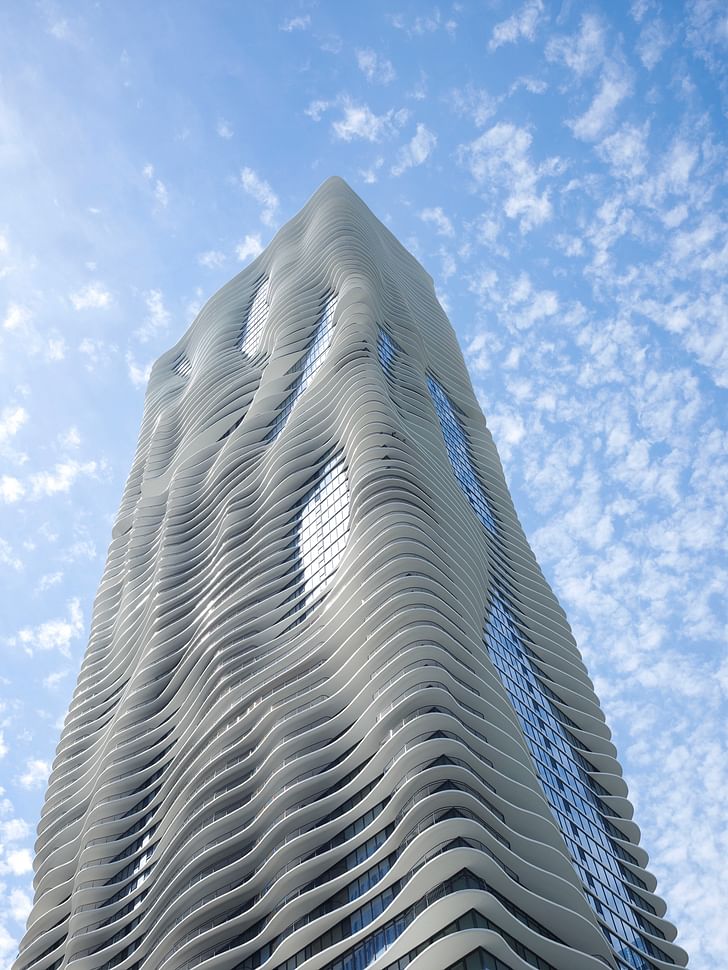

When meeting a candidate for the first time, what is the best way they can make a positive first impression during the interview?
The best way a candidate can make a positive first impression during the interview is by demonstrating that they’ve done their homework and familiarized themselves with the Studio, our work, and our approach. We’re interested in candidates who are passionate about design but who are equally passionate about us and joining our team. Our interview process involves a series of discussions that allow us to really get to know the candidate and in turn allow the candidate to get to know us better too.
Top candidates are skilled communicators who ask insightful questions and are clear about their expectations and timelines.
It’s a very deliberate process, and we have found that it leads to a long and lasting tenure with the Studio. Top candidates are skilled communicators who ask insightful questions and are clear about their expectations and timelines. We seek out people who want to grow with the Studio and who thrive in a collaborative, fast-paced environment where every day is different.
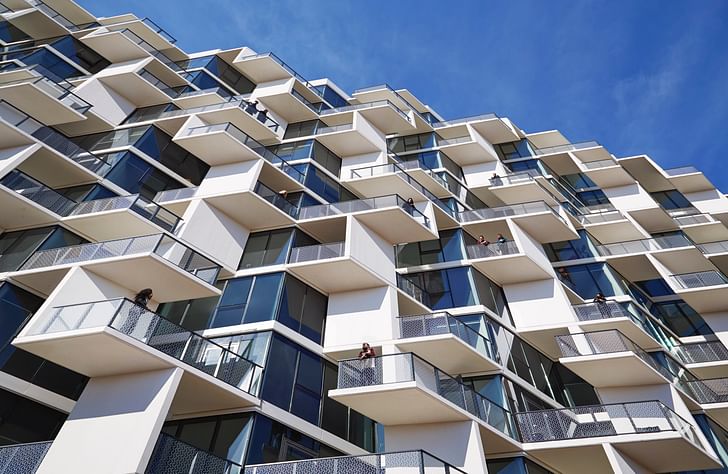

What do you want to learn most about the candidate during the interview?
We want to learn about a candidate’s investment in us and our work, why they want to work here, and how their values align with ours. We look for people who believe that architecture can improve the world we live in, and we’re curious to understand how they hope to contribute to and grow at the Studio.
How important is an applicant’s educational background?
Details of the candidate’s education and experience are of course important for us to learn, but it’s essential that a candidate is passionate about our work and approach to design, that their values mirror ours, and that they can offer a fresh perspective and strengthen the Studio as a whole. Our team is made up of people with diverse backgrounds, interests, skills, and education, and we look for candidates who can contribute to and appreciate the diversity of our team. That said, a design background—whether architecture, interior design, urban design, engineering, landscape architecture, graphic design, or another related discipline—is definitely an asset, even for positions that may not be entirely design-focused.
What is the most common mistake that candidates make when applying to your firm?
Not demonstrating an understanding of our mission and values or articulating why they want to join us specifically is perhaps the most common mistake that candidates make. Another common mistake is not communicating how they can contribute to a team.
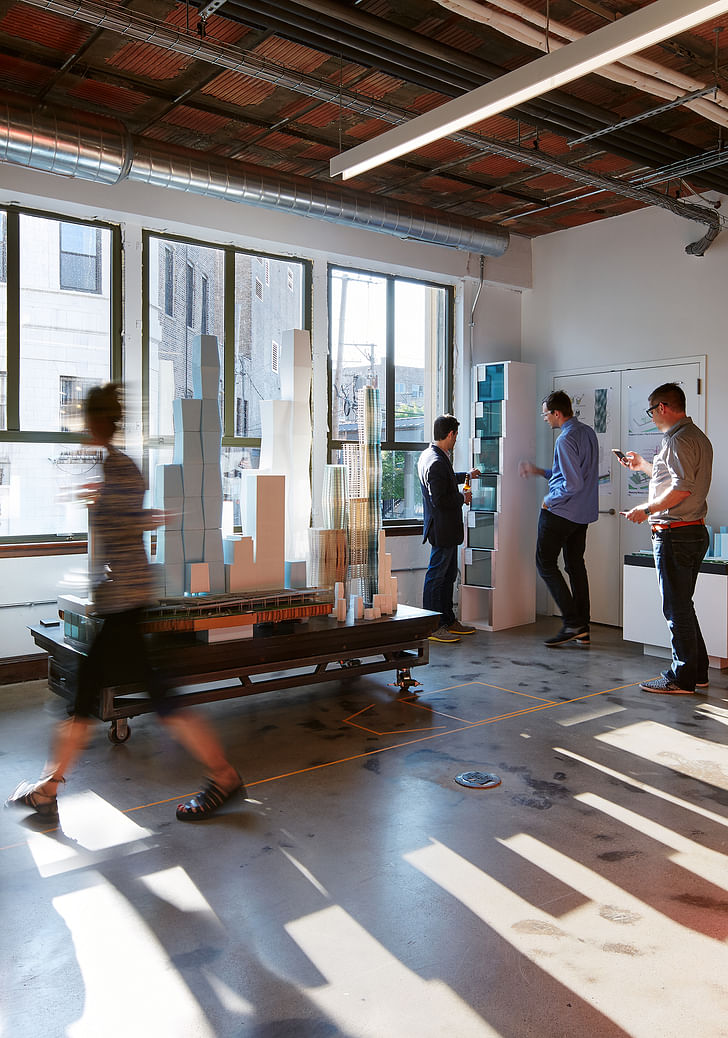
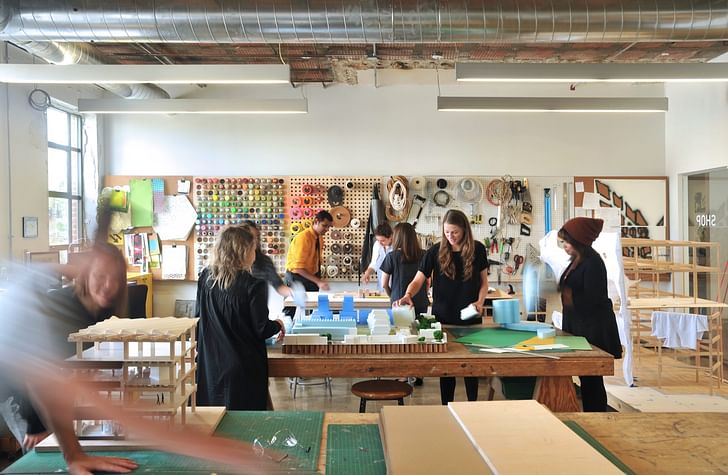
What kind of training do new hires receive during their first day on the job?
On their first day, new hires are introduced to each person in the office and oriented to each space, like the Model Shops where they begin training in our method of modeling and, in Chicago, our rooftop prairie and event space. They immediately join a team and begin to familiarize themselves with their project, poring over the team’s formative research, attending design meetings, and contributing their ideas right away. They meet with their assigned mentors who acclimate them to the Studio culture, answer all their questions, and, if they’re new to the area, help them navigate the city. Our mentorship program is also a great asset if they are studying for the AREs. And we like to take new hires out for lunch with other members of the Studio to get to know them on a more personal level.
You describe your Model Shops as “the heart of the studio.” Can you expand on why these spaces are crucial to your firm's work culture? What makes them unique spaces?
Physical models and mock-ups are an essential part of our design process that allow us to explore each project’s material, spatial, and formal qualities. Models are especially important during the conceptual and schematic design phases of our projects and are primarily crafted by hand, which is our preferred method, in tandem with digital techniques, often incorporating diverse mediums and emerging technologies to help us better understand the spaces we are designing. Rather than viewing models as static, finished products for presentation, we consider them design tools. Our designs thrive by iteration and material experimentation, and modeling, especially by hand, allows us to explore and iterate different concepts and push and elevate our designs. Everyone in the Studio, from interns to principals, is trained to explore and experiment through modeling, which makes the Model Shops very social spaces that bring the whole Studio together. There are always multiple teams building models simultaneously, so it allows for an exchange of ideas and knowledge that makes the individual projects stronger.
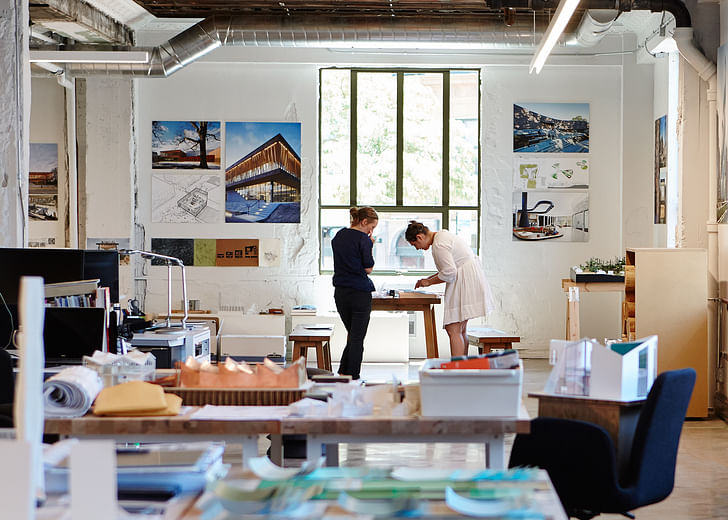
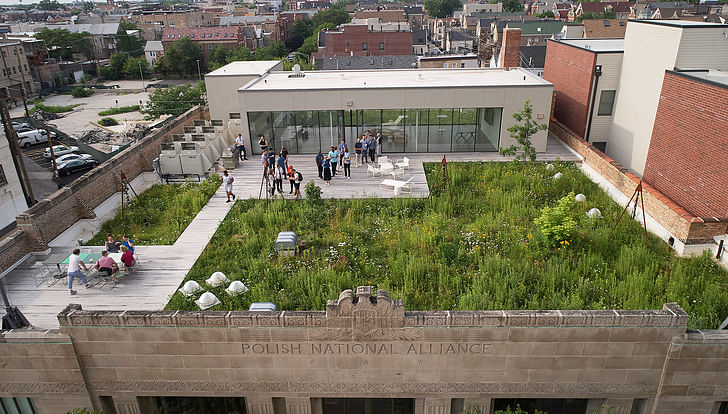
Do you have an internship program? If so, briefly describe.
Our paid internship program is one pathway we’ve developed for recruitment, but more importantly it allows people of different backgrounds and levels of education and experience to become more deeply invested in architecture and design. Our interns range from undergraduate and graduate students to new professionals, but our program also extends to include high school students who may not otherwise have opportunities to develop their interest in design and who have then gone on to study it in college, which we believe is one way to promote diversity in architecture schools. Our interns work on a range of project types and phases and are expected to contribute in a meaningful way. Like new hires, each intern is assigned a mentor who guides them in learning about our approach and developing their skills.

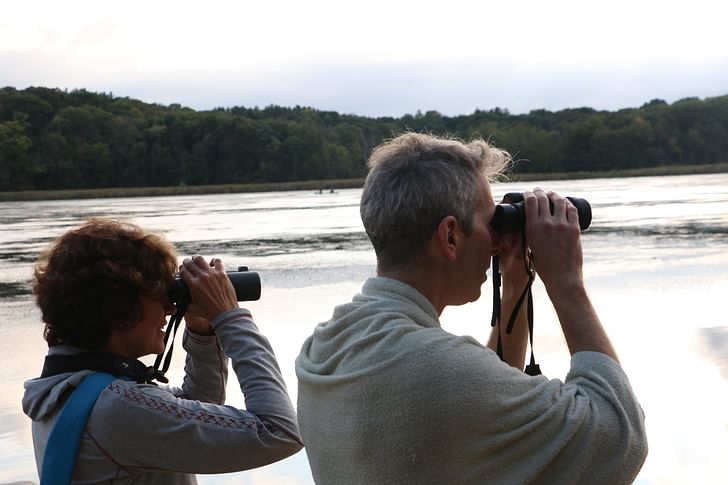
How do you encourage a work-life balance for your employees? What are some of Studio Gang's fun, longtime office traditions?
In practicing architecture, there will of course be deadlines that require some late nights, but we work hard to achieve a work-life balance. Parents, for instance, have a degree of flexibility with their schedules, and we provide maternal, paternal, family, and medical leave. In addition to paid time off, we offer compensation days following big deadlines, as well as summer hours, which are designed to encourage team members to get out of the office and enjoy the city. We organize various events like weekly yoga classes, studio-wide lunches, baseball games, canoe and camping trips, construction tours, and visits to material manufacturers, and each Friday we gather together prior to the end of the work day to relax, eat snacks, and socialize. We also have several all-studio retreats each year where we bring all three offices together and discuss the future of the Studio.
One of our longest-standing office traditions is our annual retreat to Camp Wandawega in Elkhorn, Wisconsin, where we camp, canoe, kayak, swim, learn new skills like weaving and whittling, cook, play, and relax together. We always invite a few guests to teach us about their field of expertise, for instance, ecology, physics, astronomy, foraging, baking, art, and literature, and we all gather together around the bonfire and just enjoy each other’s company. We always encourage new team members to help plan these events as well as organize new ones for us to enjoy together.
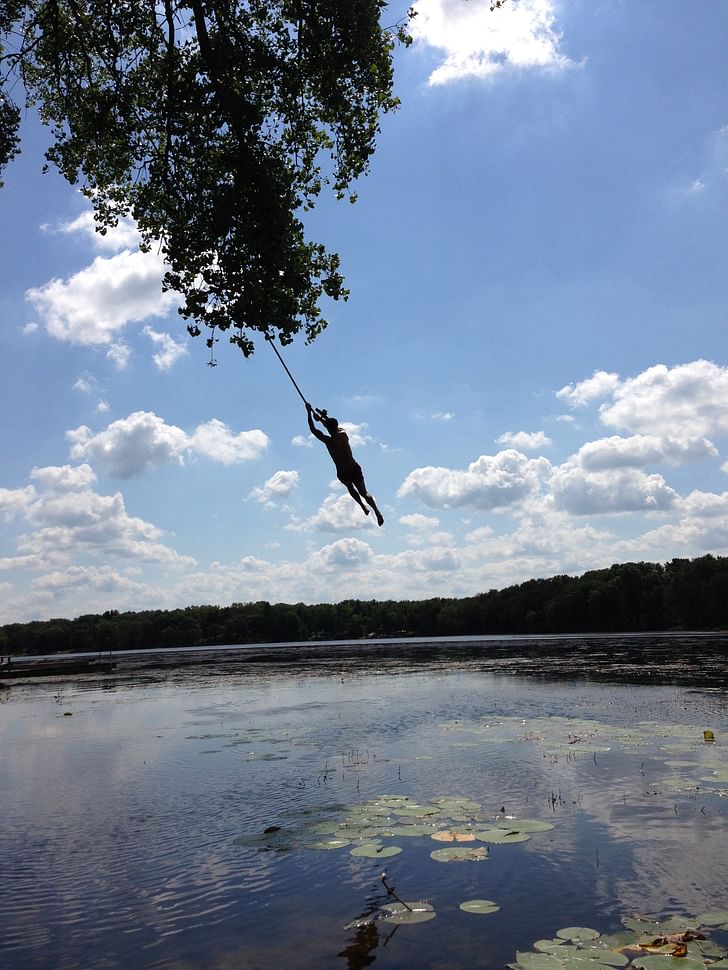

Recently, Jeanne Gang wrote about how Studio Gang closed its gender pay gap. What kind of reactions have your employees given since this change was made?
Closing our gender pay gap is a great example of how we try to live out our values, a practice that Jeanne calls “actionable idealism.” We want to be leaders in our industry on these kinds of issues because it sparks conversation, not only with others outside of the studio but internally—and just because we’ve achieved wage equity, we’re not done listening and learning. Closing the wage gap is one piece of a larger ongoing initiative to ensure that our workplace remains equitable and inclusive, and we’re continuing to think through together what true workplace equity looks like. It’s as much about reflecting our values to ourselves and retaining top talent as it is about reflecting our values to our peers. In other words, closing the gender pay gap isn’t an endpoint for us as much as it is a springboard for further conversation and action, and that also infuses the work we do. We’re all very proud that Jeanne has taken this stance.
What other actions is your firm taking to promote diversity and inclusivity?
We recognize that the architecture field is not as diverse as it could be and that this is reflected in traditional pipelines such as architecture schools and internship programs, so we have expanded our internship program to include high school students and non-architecture majors—especially young women and people of color—who may not have been previously exposed to architecture or considered it as a profession, as a way of promoting future diversity in the field. We have representation in the National Organization of Minority Architects, and we also participate in conferences such as Equity by Design to learn more about what other offices are doing so that we continue to remain at the forefront. We work hard to promote diversity and inclusivity in everything we do—for instance, in the way we structure our project teams and how those teams interact. We recognize that diverse, inclusive teams produce the best work. Each of our teams brings together people with a range of backgrounds and experience on equal footing, and each team member is encouraged and expected to contribute their ideas at a high level. There is no hierarchy of ideas; we elevate the best ideas regardless of who they come from, whether it is a principal or the newest team member.
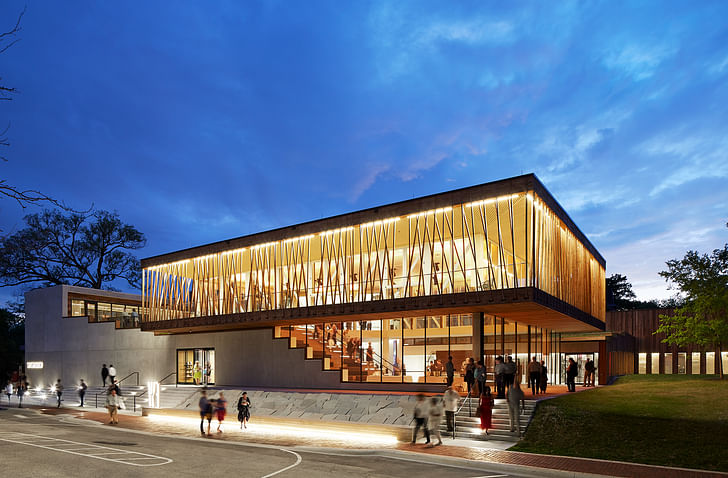

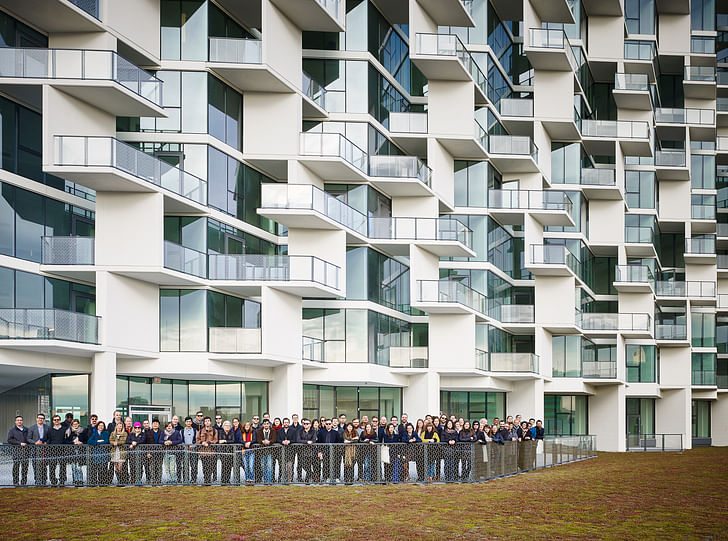
Based on your own observations, how has Studio Gang's design process and office culture evolved over the years? What aspects of your practice do you want to improve?
A strong, supportive studio culture is not something we take for granted. We’re mindful that it is something we have to continually nurture, especially as our studio grows, and we’re proud that we have been able to maintain our culture and hone our process over the last twenty years. It’s been important to us that our design process remains fully collaborative and driven by research and experimentation, and it’s been exciting to scale this process up from a small studio with a handful of employees to where we are today, at just over 100 people across three offices. As a smaller studio, we were able to come together much more easily and casually for events and activities, and so as we’ve grown we’ve had to be much more deliberate in planning these events and making them accessible for all of us, while also retaining the magic of those earlier more casual encounters; our annual staff retreat to Camp Wandawega is one of the most successful examples of how we continue to retain that magic.
We’re constantly seeking to improve how we communicate with each other, whether that’s through new digital tools, through emotional intelligence and improv workshops at camp, or through the work itself.
As we continue to experience new growth, we’re constantly seeking to improve how we communicate with each other, whether that’s through new digital tools, through emotional intelligence and improv workshops at camp, or through the work itself. We’re always pushing ourselves to be better designers and better people and that has made office life fun and fulfilling, which we believe is key to our success over the years.
Interested in joining Studio Gang? Check out their Archinect profile to see if they have any current listings. To see more active listings from hundreds of firms, visit Archinect Jobs.
No Comments
Block this user
Are you sure you want to block this user and hide all related comments throughout the site?
Archinect
This is your first comment on Archinect. Your comment will be visible once approved.